If you’ve been house hunting or trying to sell in the past few months, you may have noticed something strange: in some U.S. cities, the housing market seems to be in a deep freeze. Not crashing, not booming—just oddly still. With high mortgage rates, low inventory, and hesitant buyers and sellers alike, several metro areas are stuck in limbo. These 14 cities are prime examples of where the market feels frozen in time—like pressing pause on a very expensive movie.
1. Las Vegas, Nevada
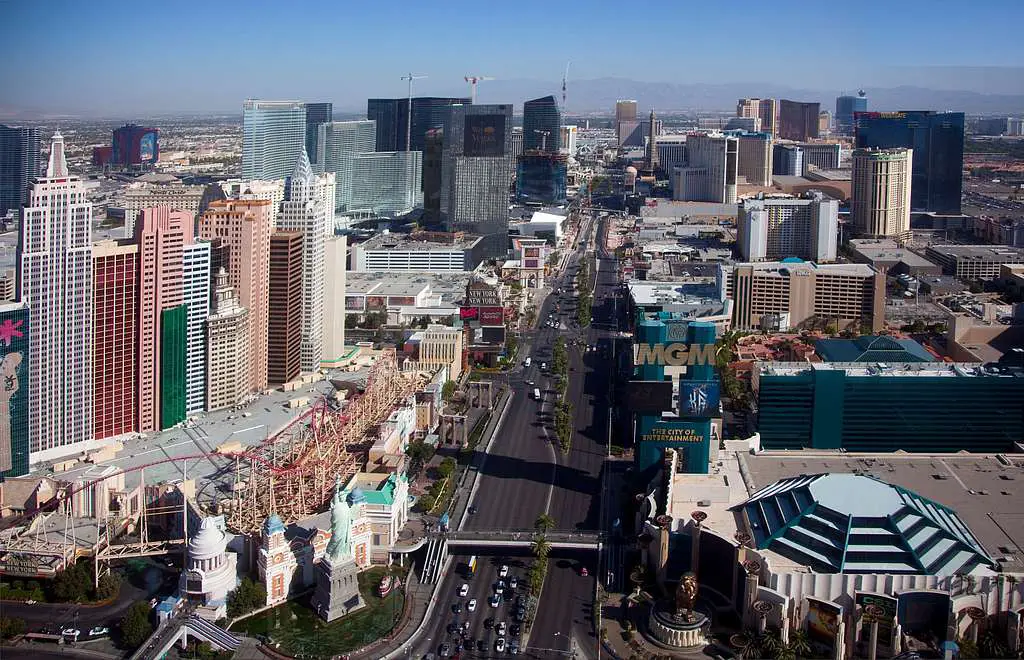
According to Las Vegas Review-Journal, Las Vegas has seen an unusual mix of high prices and weak buyer demand lately. While prices have dipped from their pandemic peaks, they’re still too high for many would-be buyers. Inventory is limited because homeowners are clinging to their low mortgage rates from 2021. That’s left a lot of would-be buyers with nothing new to look at.
And with fewer new listings coming online, the market is eerily quiet. The luxury market, once a hot segment here, has also cooled significantly. This freeze is especially noticeable compared to the city’s usual real estate turnover. For now, it’s more of a holding pattern than a housing hustle.
2. Phoenix, Arizona
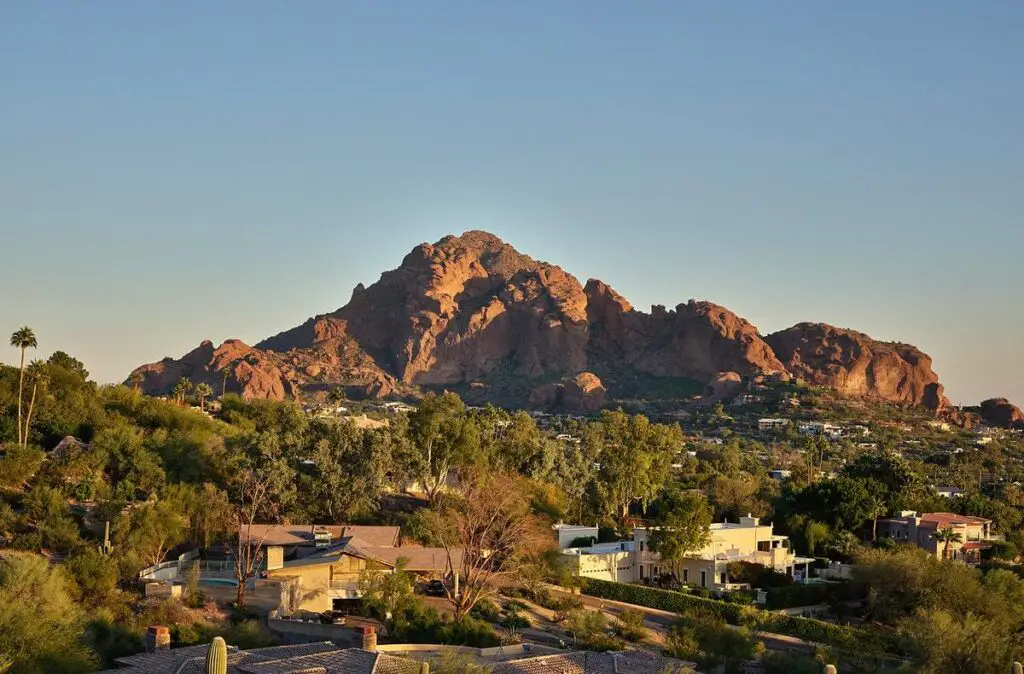
As reported by Fox 10, Phoenix has experienced a dramatic slowdown, with homes taking longer to sell and sellers increasingly dropping their prices. Many locals were priced out during the buying frenzy of 2020–2021, and the current interest rates aren’t helping affordability. The result is a backlog of overpriced homes and hesitant buyers. Even investor activity, which once fueled the market, has dropped off.
There’s still population growth in Phoenix, but it’s not translating to housing demand the way it used to. A lot of folks are waiting for mortgage rates to dip before reentering the market. That pause is contributing to the city’s “frozen” feel. It’s not a collapse—just a long, uncertain timeout.
3. Austin, Texas
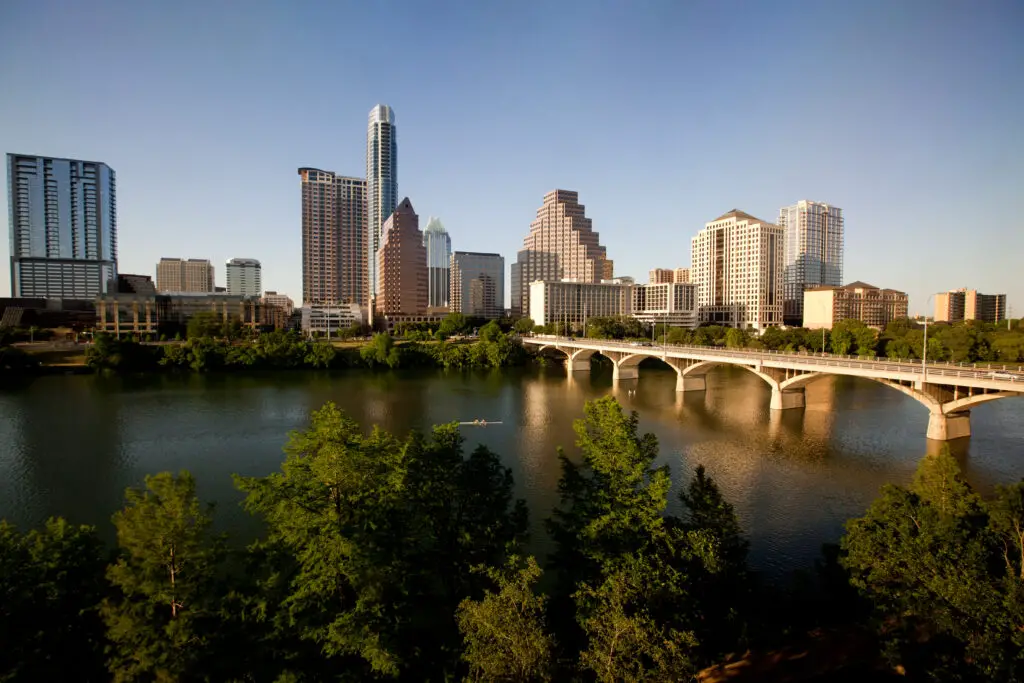
According to KVUE, Austin is among the U.S. cities with the highest rate of sellers cutting prices in 2024. The city was red-hot during the pandemic, but it’s now cooled significantly due to a mix of overbuilding and buyer fatigue. Homes are sitting longer on the market, and sellers aren’t as motivated to meet buyers halfway. Buyers, meanwhile, are holding out for better rates or deeper discounts.
This leads to a kind of gridlock: listings go stale, but no one wants to blink first. Despite falling prices, demand isn’t snapping back like it did in 2021. With remote work here to stay, many potential movers have already moved, and Austin is taking a breather. For now, the housing market feels more like a standoff than a party.
4. Boise, Idaho
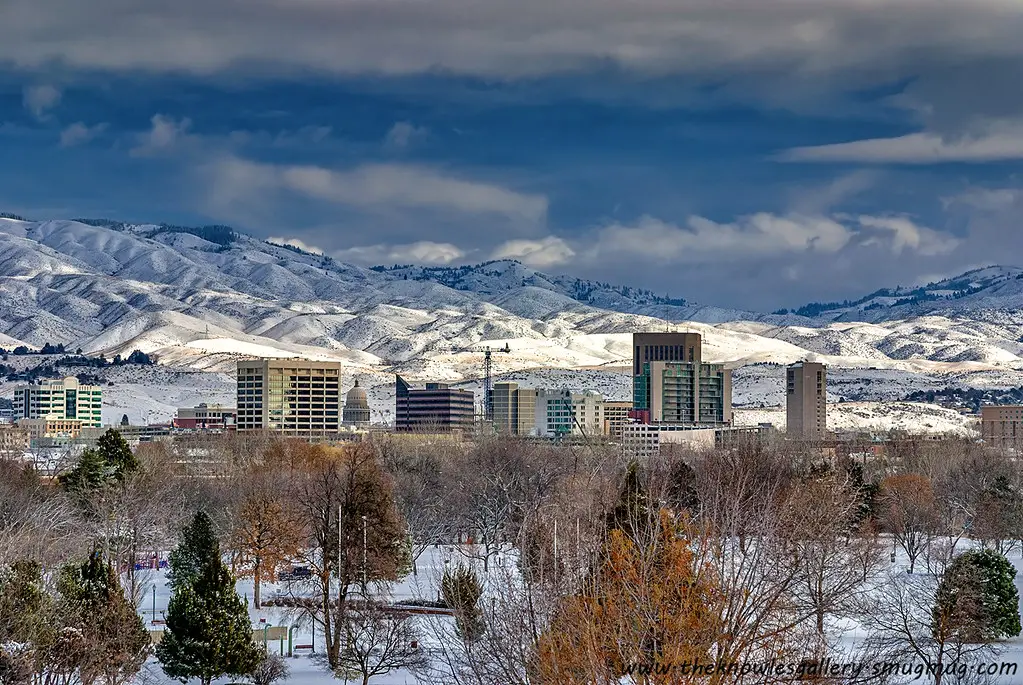
As noted by Fortune, Boise saw one of the steepest booms—and busts—of the pandemic housing cycle. It attracted out-of-state buyers in droves during 2020 and 2021, but now many locals are priced out while others wait for prices to correct. Inventory has increased slightly, but not enough to balance things out. Sellers are reluctant to lower prices too much, fearing losses.
This wait-and-see attitude is making the entire market sluggish. Homes are lingering longer than usual, and bidding wars have all but vanished. There’s still underlying demand, but high mortgage rates are throwing cold water on it. It’s like everyone’s watching and waiting for someone else to make the first move.
5. Sacramento, California
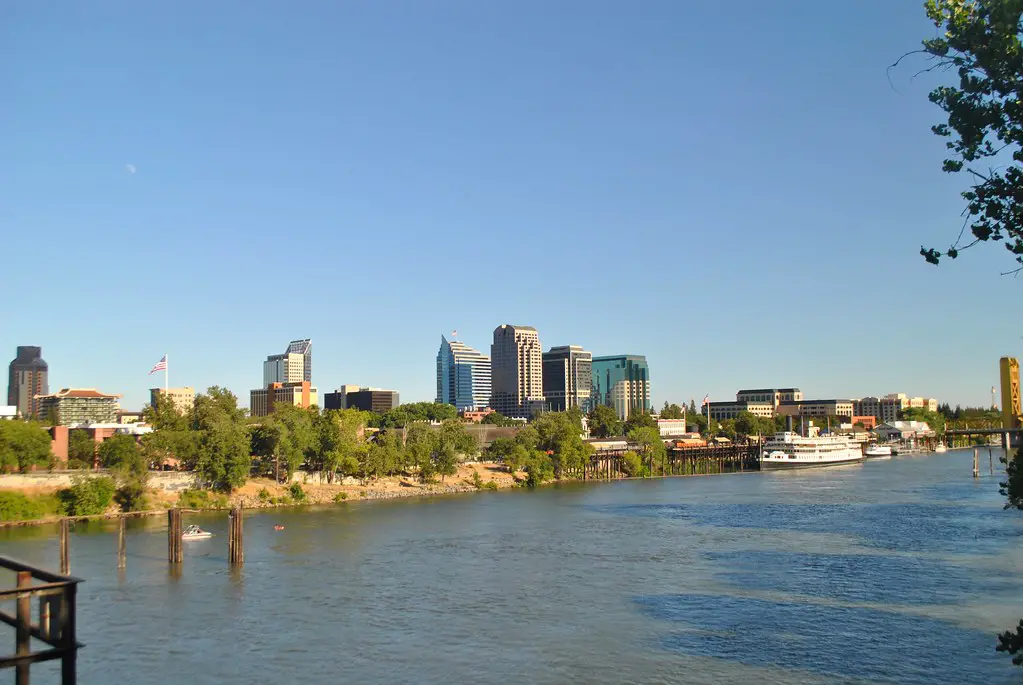
Sacramento was a pandemic darling for Bay Area transplants, but the rush has definitely slowed. With many sellers still hoping to cash out at 2021 prices and buyers now struggling with affordability, things just aren’t moving. The market here feels like it’s on mute—plenty of listings, but not much activity. Homes sit longer, and price cuts are becoming the norm.
This makes for an awkward standstill where nobody’s thrilled with the numbers. Sellers don’t want to drop their expectations, and buyers don’t want to overpay. Until interest rates shift or economic conditions change, Sacramento’s market will likely stay sluggish. It’s a textbook case of pandemic boom turned freeze.
6. Seattle, Washington

Seattle’s tech-heavy economy once helped fuel its housing frenzy, but now the city’s real estate feels chilled. Layoffs in the tech sector, coupled with affordability issues, have thrown cold water on demand. Listings are growing, but the buyer pool isn’t keeping pace. Everyone’s feeling a little cautious.
The high cost of living is another big deterrent. Buyers who would’ve jumped in three years ago are now sticking to rentals or staying put. Meanwhile, sellers who locked in low rates are in no rush to list. The result? A market that feels like it’s stuck in limbo.
7. Salt Lake City, Utah
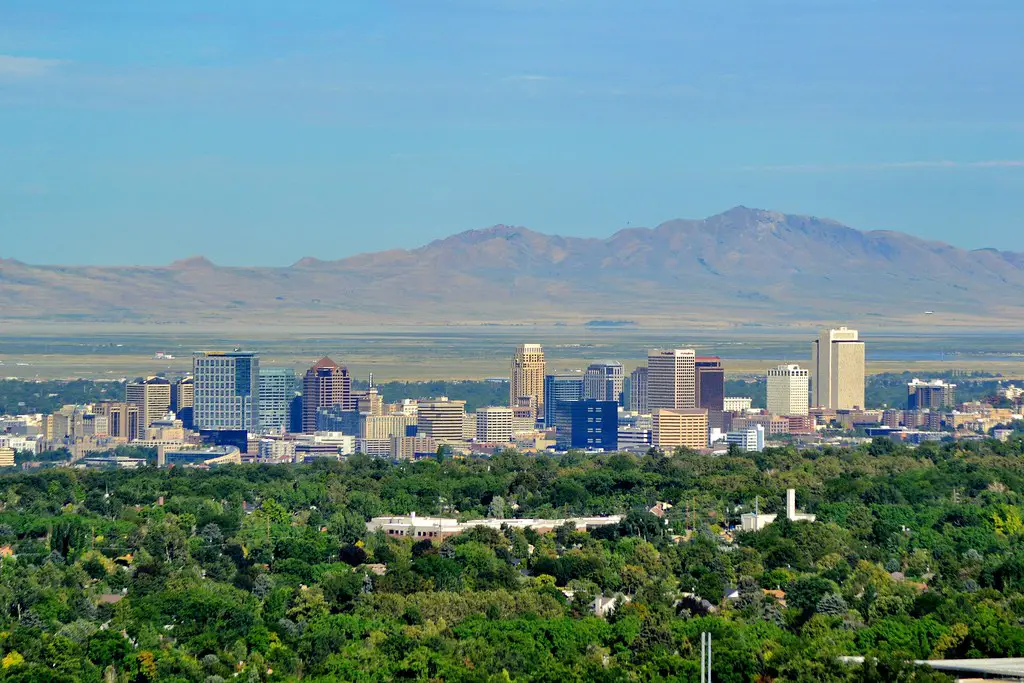
Salt Lake City saw a meteoric rise in home prices during the pandemic, but it’s now dealing with the hangover. The city’s affordability index has worsened, and many buyers are just tapped out. Homes aren’t moving nearly as fast, and inventory is creeping up without the usual buyer interest. It’s a slowdown that feels like a freeze.
Sellers are reluctant to lower prices, hoping the spring market might revive things. But as of now, there’s a sense of hesitation on both sides. First-time buyers, in particular, are struggling with the cost vs. value equation. Unless something gives, this chill could last through the year.
8. Denver, Colorado
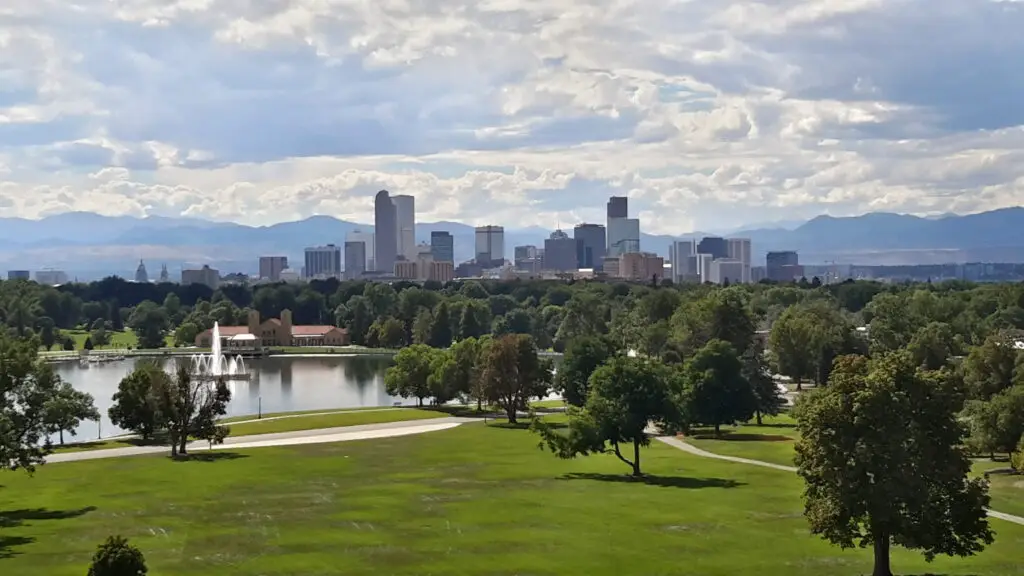
Denver’s market is quiet—not crashing, just… quiet. There’s still demand, especially from out-of-staters, but high mortgage rates have put many buyers on the sidelines. Inventory is limited, but homes aren’t flying off the shelves like they used to. It’s a weird, lopsided calm.
The luxury segment has especially cooled, with fewer showings and longer days on market. Sellers are testing the waters, but many are pulling listings when they don’t get the price they want. Buyers, meanwhile, are waiting for deals that may never come. It’s all left the market in a strange state of pause.
9. Minneapolis, Minnesota
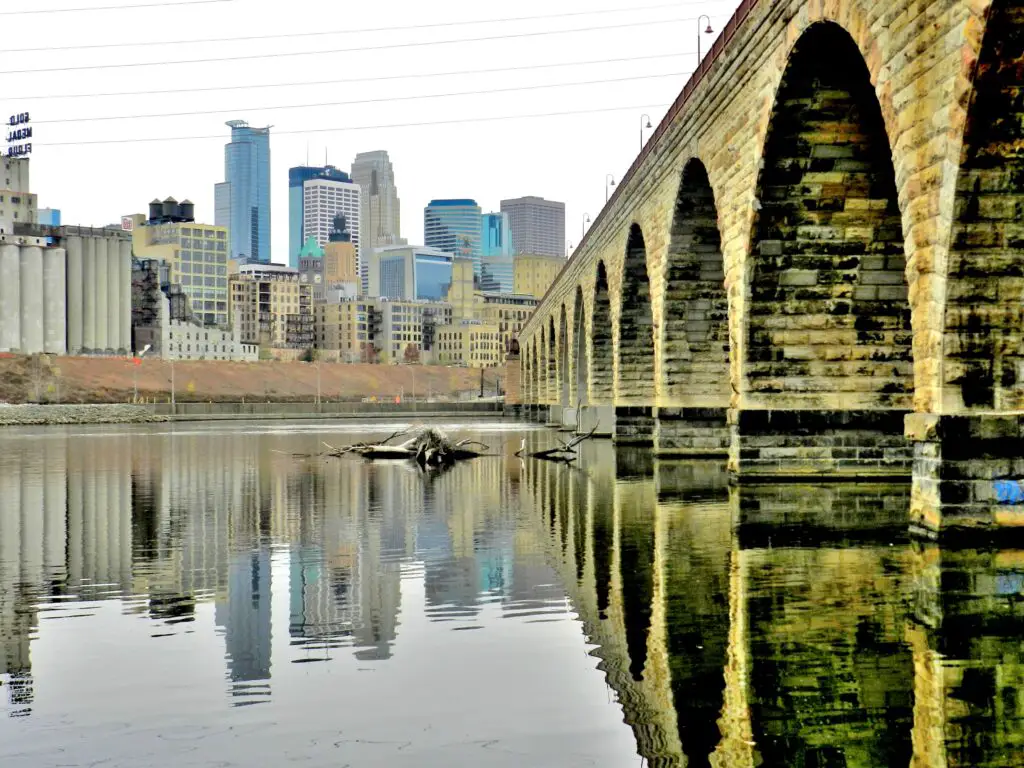
In Minneapolis, the market has slowed to a crawl in recent months. Seasonal changes always play a role in northern cities, but this year feels different. Listings are staying up longer, and bidding wars are rare. Many sellers are finding that they need to reduce prices to get attention.
The broader Midwest market has remained more stable than coastal areas, but Minneapolis feels cooler than expected. Mortgage rates have definitely dampened enthusiasm. And with economic uncertainty lingering, many potential buyers are choosing to wait it out. That’s making everything move at half-speed.
10. San Jose, California

San Jose’s real estate used to move fast—blink and the home was gone. But now, even tech money isn’t pushing the market forward the way it once did. Sky-high home prices and softening demand are keeping the market in limbo. Homes are still expensive, but sellers are finding it harder to offload them quickly.
Tech layoffs and stock market volatility have made buyers more cautious. Add high mortgage rates to the mix, and it’s a recipe for stagnation. Inventory is building, but offers are slow to come in. It’s a surprising twist for such a hot market.
11. Raleigh, North Carolina
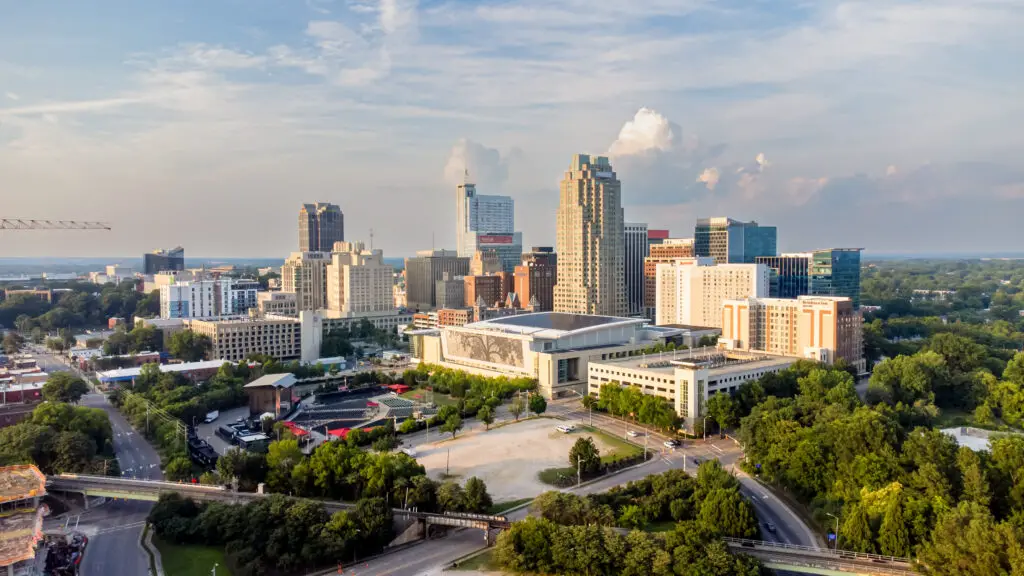
Raleigh is another pandemic favorite that’s cooled off considerably. While population growth continues, the real estate market isn’t keeping pace. Buyers are struggling with price fatigue and rising interest rates, while sellers remain stuck on pre-2023 pricing. The result? A classic freeze.
It’s not that demand has disappeared—it’s just that no one is ready to make a move right now. Everyone’s waiting for better conditions. In the meantime, listings sit and prices inch downward. It feels like a city pressing pause on what was once a fast-forward market.
12. Tampa, Florida
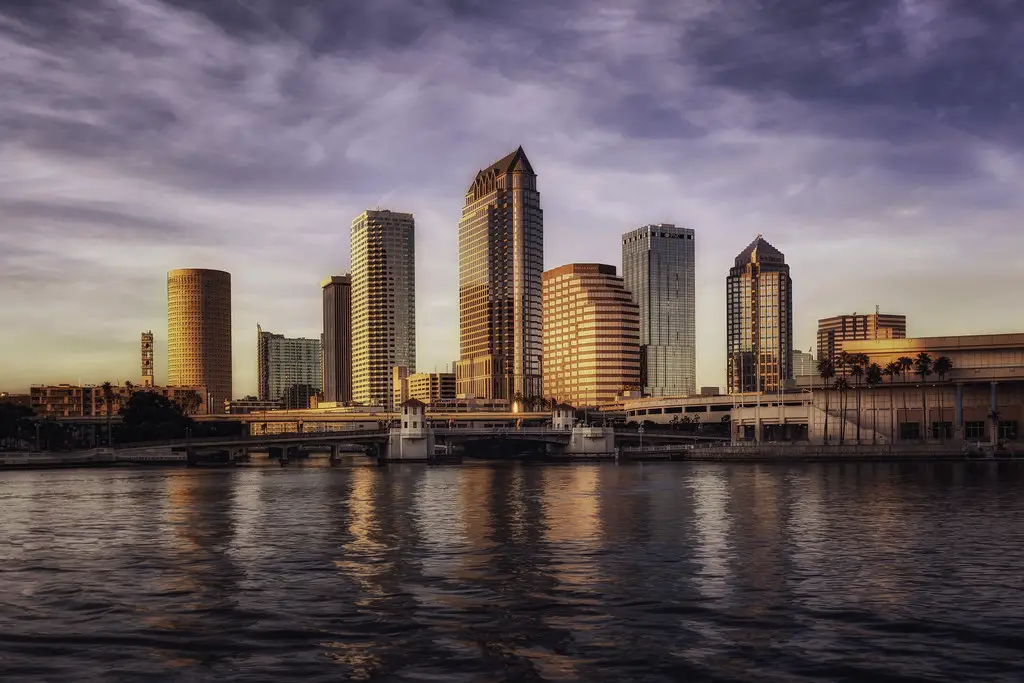
Tampa was booming during the pandemic, but the momentum has slowed. Out-of-state buyers have pulled back, and local buyers are stretched thin. Homes are still hitting the market, but there’s not a sense of urgency to buy. It’s like the whole city is waiting for a sign.
Price reductions are becoming more common, but it hasn’t reignited demand yet. Sellers don’t want to lose their equity gains, so many are staying put. Buyers are just as cautious, worried about overpaying in a cooling market. For now, things are oddly still.
13. Chicago, Illinois

Chicago’s housing market feels inconsistent—hot in some neighborhoods, cold in others. City-wide, though, inventory is up and buyer activity is way down. The suburbs are performing slightly better, but urban listings are lingering. That’s creating a strange sense of imbalance.
There’s also a psychological freeze happening: buyers fear making the wrong move, and sellers are unwilling to budge on pricing. Interest rates have only added to the tension. Everyone’s watching but few are acting. It’s like real estate musical chairs with the music on pause.
14. Portland, Oregon
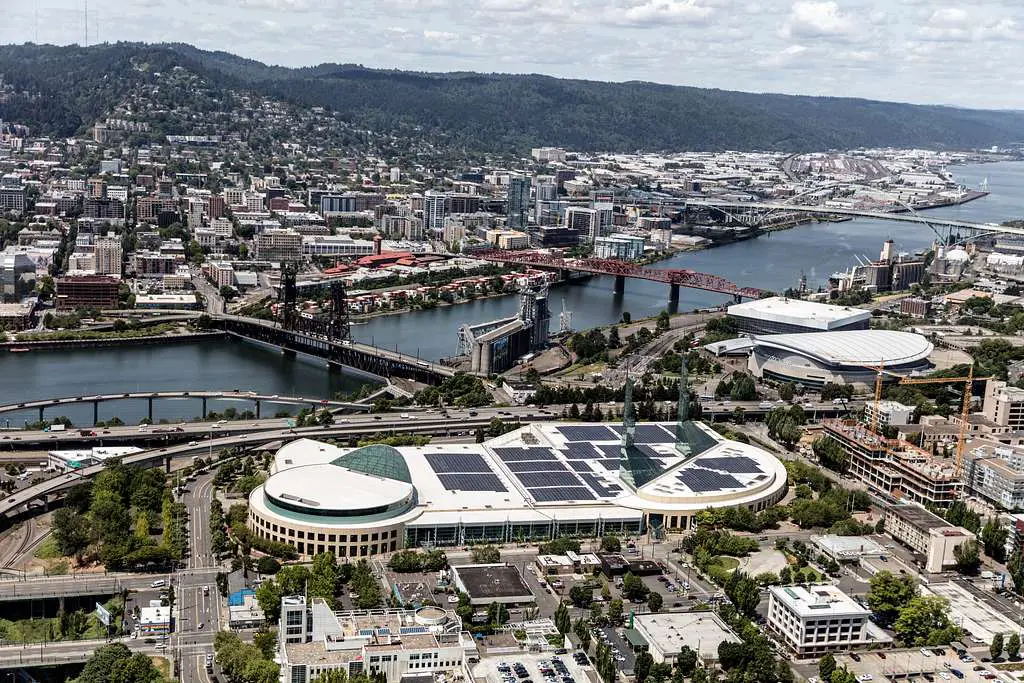
Portland’s market was already slowing in 2022, and it hasn’t picked back up. High home prices, low inventory, and lukewarm demand have all contributed to the freeze. Homes are taking longer to sell, and price drops aren’t always enough to entice buyers. The result is a market that feels like it’s treading water.
Buyers who might have jumped a year ago are now holding back. Sellers, especially those with great mortgage rates, are choosing to stay put. Without a shift in interest rates or local economic changes, the freeze may continue. Portland, once a darling of West Coast real estate, is definitely on ice.
